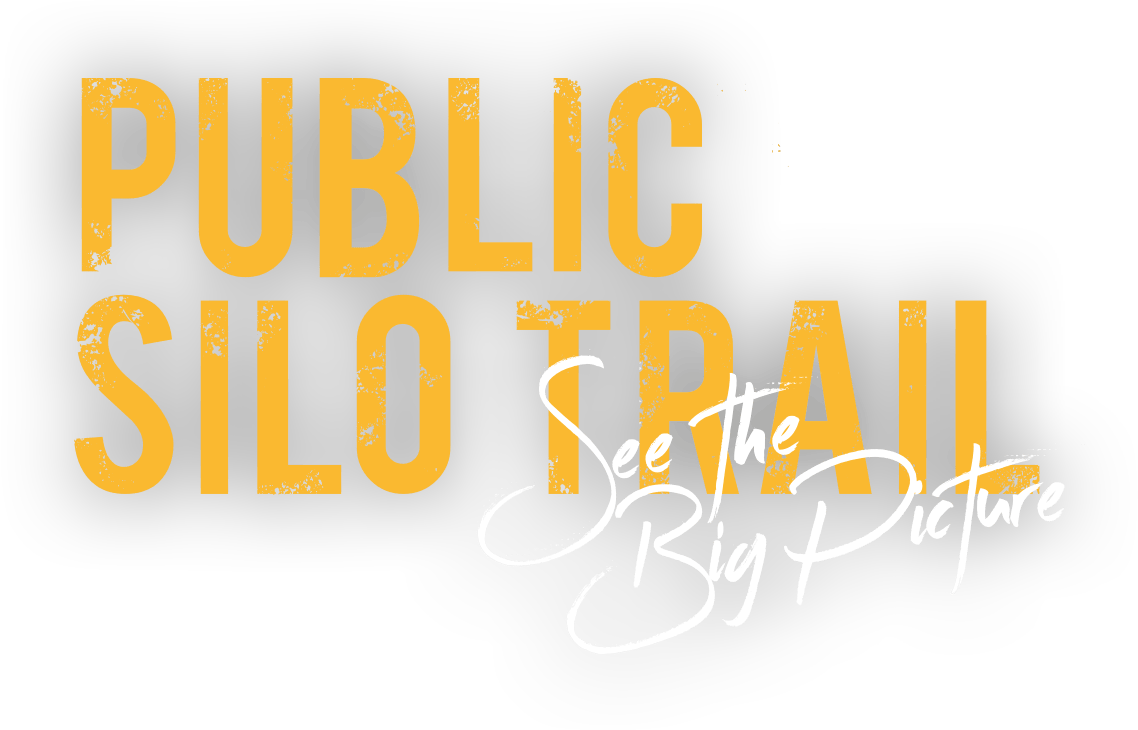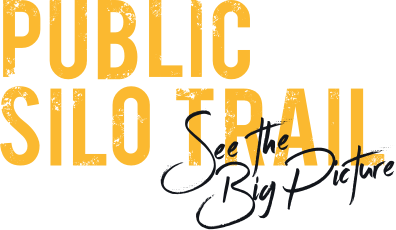Ravensthorpe AMOK Island
Tim Flanagan
My name is Tim Flanagan, and I’m eighty years of age. I live in Hopetoun now; we retired about eighteen months ago. We farmed in Jerdacuttup. It’s about thirty miles out, on the rabbit-proof fence. It was made mostly of conditional purchase farmers in the old days, where you were given land. You paid a dollar an acre and had to clear so much every year. They used to come and inspect how much land you’d cleared, and if you didn’t meet those commitments, they could come and take your land off you. But I didn’t know of anyone that didn’t meet their commitments. They were all very keen farmers in those days. I think there were eleven blocks that were up for allocation the year I went in; about four hundred people applied for them, so it was a bit like winning lotto when you got a block of land.
I was working in Corrigin in those days. I was working on a farm and my wife said to me one day, “are you going to work on the farm all your life?” I said “no! I intend one day to get a block of land.” And she said “well, get off your tail, get down there and apply for a block.” Which we did, and we were lucky to get a block of land allocated to us. We had three little children and very little money, but we had big hearts. We had enough money to buy a tractor, a combine, and a plough, and to build a shed. And when we first started off, I worked on a neighbouring station. We used to just have Sunday off in those days, so for years we’d work the Sunday and then come back and then clear land. We cleared about a hundred acres a year. We’re going back over fifty years now. And in those days there were roughly forty-five farmers out there, all roughly in the same boat. No-one was any better off than anyone else, so there was a truly wonderful community. We gradually got a few sheep, and my wife was the major worker on our plot, because I was working on the farm. Our little one wasn’t at school then, and the two would go to school. We used to start early, while the kids were still in bed, and then we’d go back home which was about twelve kilometres away and I’d go to work, and Eva would get the kids ready for school, and then she’d come back and plough until three o’clock, then she’d go home and be ready for when the kids came off the school bus. There were no successful farmers down here, really, without a good strong woman behind them. We were all pretty blessed, you know, that we had very strong, wonderful women. And that’s the backbone. They made the district. So we, over the years, we stuck at it. It was hard, we didn’t have two bob to bless ourselves with, but we just persevered, persevered and persevered. We had our income coming in every week from my job, and everyone else had to have some way of making their bread and butter, because we weren’t making it off the land, because it was all new land. When you’re young, all you see is the big dream out there. And that’s what you need to have; if you don’t have the dream, you don’t get to first base. You’ve got to have a dream, that eventually that land will be all cleared. We had a little one-teacher school with about forty children at it: the Jerdacuttup School. It started off in a little soapstone building on a farm, and then eventually the government built us a school at Jerdacuttup townsite. Over the years it went from a peak of about fifty down to what it is today: about eight. That’s typical of what’s happening in the country; there are just no people left in the country now. They’re moving away, and farms are getting bigger. Economies of scale: you need a bigger and bigger area to be able to maintain your business. Fifty years ago all the farms were roughly two thousand acres, and in that, there were two thousand acres of good country you could make a living off. Today, it’s ten, twenty thousand acres and maybe a lot bigger. I worked for ten years going backwards and forwards between the farms, and our kids got bigger, and they went away to college in Perth, and then we shifted over to our farm. It was ten years to the day when we shifted over to our farm. The whole district came for the celebration. We were like a big family. I still had to work, but I was at a stage where we wanted to be based from our own farm. So I became a mulesing contractor: cutting the wool off the tails of sheep to stop blowflies. I managed farms, when people were going away, we did all sorts of jobs to make a dollar.
I’ve got three children, all in their fifties. One’s married to a farmer in Wyalkatchem, and she still teaches; I’ve got a son, who is a teacher, he’s taught all over the world, but now he’s a headmaster at a community about five miles east of Newman. And I’ve a son who’s been quite ill, it was cancer and he’s just getting over that. I would love to have had them back on the farm, but farming’s too small. I didn’t want to get bigger, and bigger, just to survive. My son wanted to come back to farm, but I said no; it was like putting a stone around his neck. We only had twenty two or twenty-three hundred acres, it wasn’t big enough and I didn’t want to go into debt. I’ve been in debt developing our farm, we’d taken on loans so I said no. I had to make my way in life, and all my kids have done the same. But the beauty about all the kids growing up down there, they all learnt to survive, and my three children have all been survivors, and successful at it. When we started off we had nothing. So you made a piece of wire do a hundred different things. Todd tells me now that when he’s up in Newman you’re five hours out from Newman, which is the nearest shopping centre you’ve got to make a piece of wire do a hundred things again. Now I’ve retired. I still work on a lot of farms, and I’m community-minded: I’m helping out round the district. And I trek. I have a dream to do the Camino Track. It started when I was in hospital and my son said “if you get through this, we’ll do the Camino together.” Well, I got through it, but he’s since gone. One thing led to another and we didn’t get there, but I still have this dream that I’m going to do the Camino. The trekking started as a way to get fit. I walk out to the Fitzgerald River National Park and along the beach. I’ve done it now seventy-three times I think. Bit crazy. My wife is still the backbone. A very, very wise woman. Always made decisions, but made it look as if I’d made them. And to this day, she was the best worker I ever had. I mean, we worked together, but she was the best worker. I met her at a dance in Quairading, where she came from. I sat behind her in the hall. I said to my mate “I wonder what that girl’s like?” And he said “well, if you don’t ask her for a dance, you’ll never find out.” That’d be sixty years ago. We’ve been married fifty-eight years. But, you back one another up over life. I think women back men far more than they’re given credit for. I always wanted to live on my farm until the day I died, but it just didn’t happen. I got ill, and I just couldn’t keep working. Eva said “after fifty farms and fifty years, I think it’s fair to me, and to everyone else that you move on.” But I’m mature enough to know that life moves on. And I’m mature enough to know that eventually we’ll have to move out of Hopetoun, because there aren’t the medical facilities down here to look after the very old. But for now, we’re in good health and every morning, I go down and I see the ocean, and I say to myself “well, how lucky are you to see this?”


